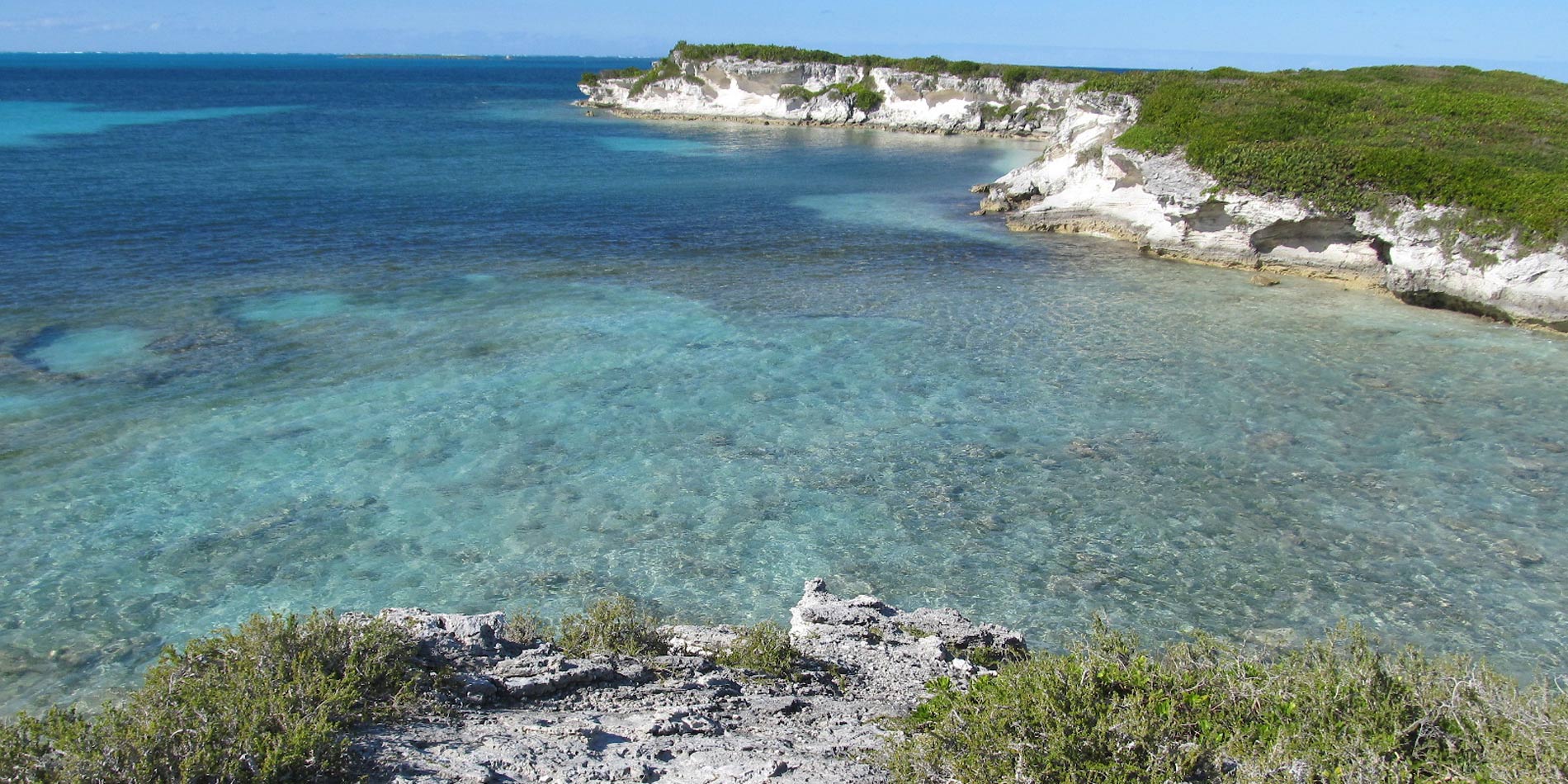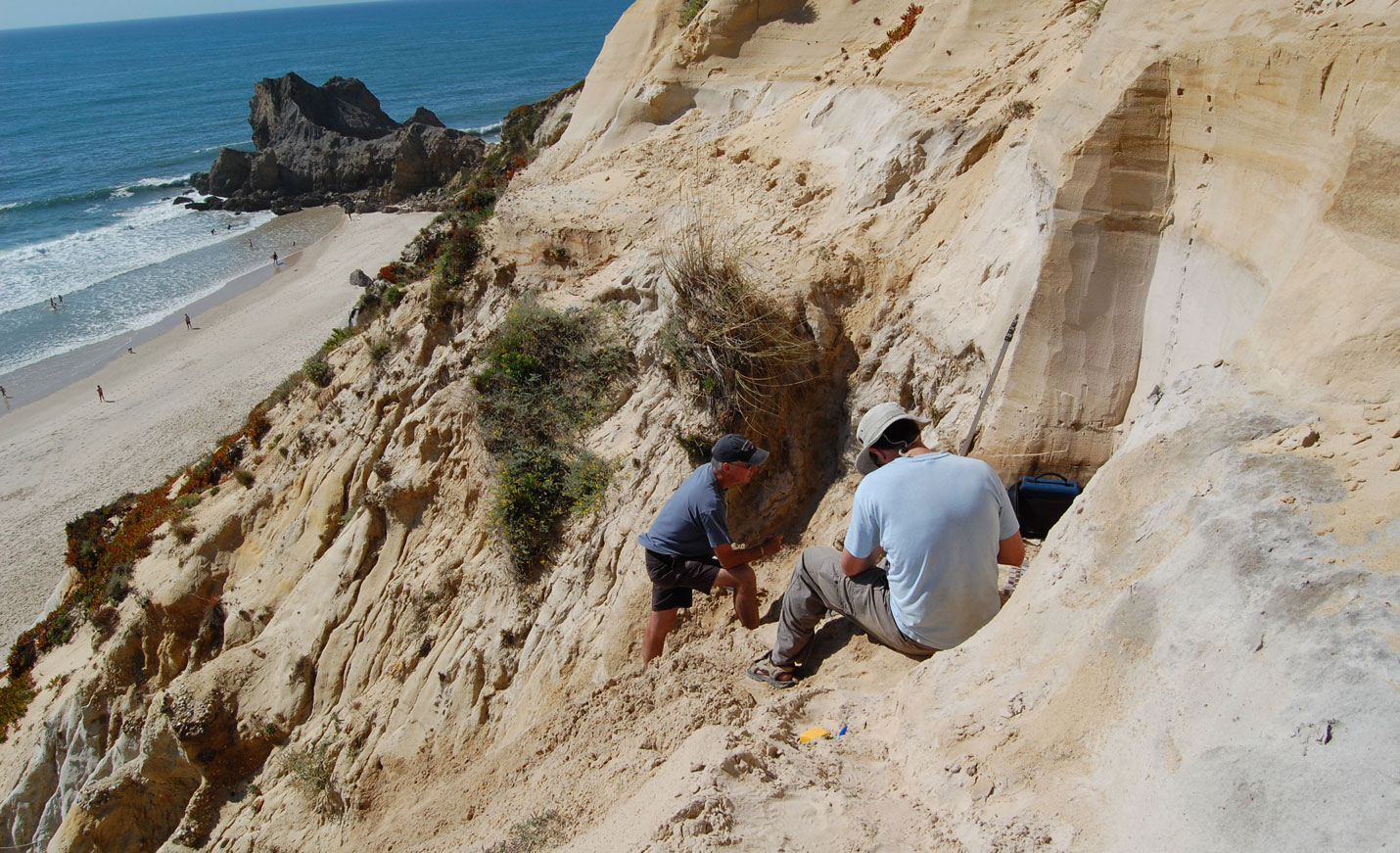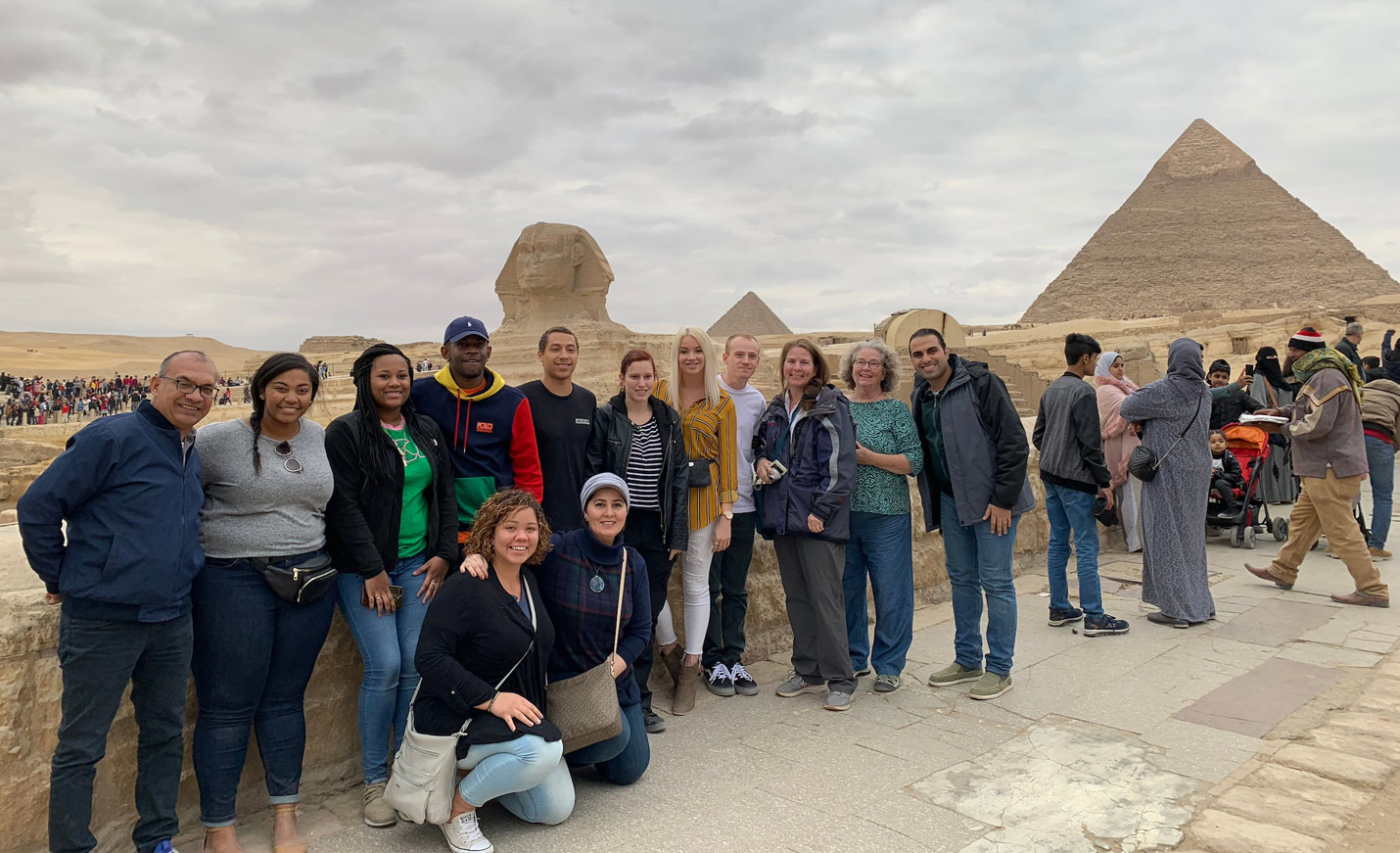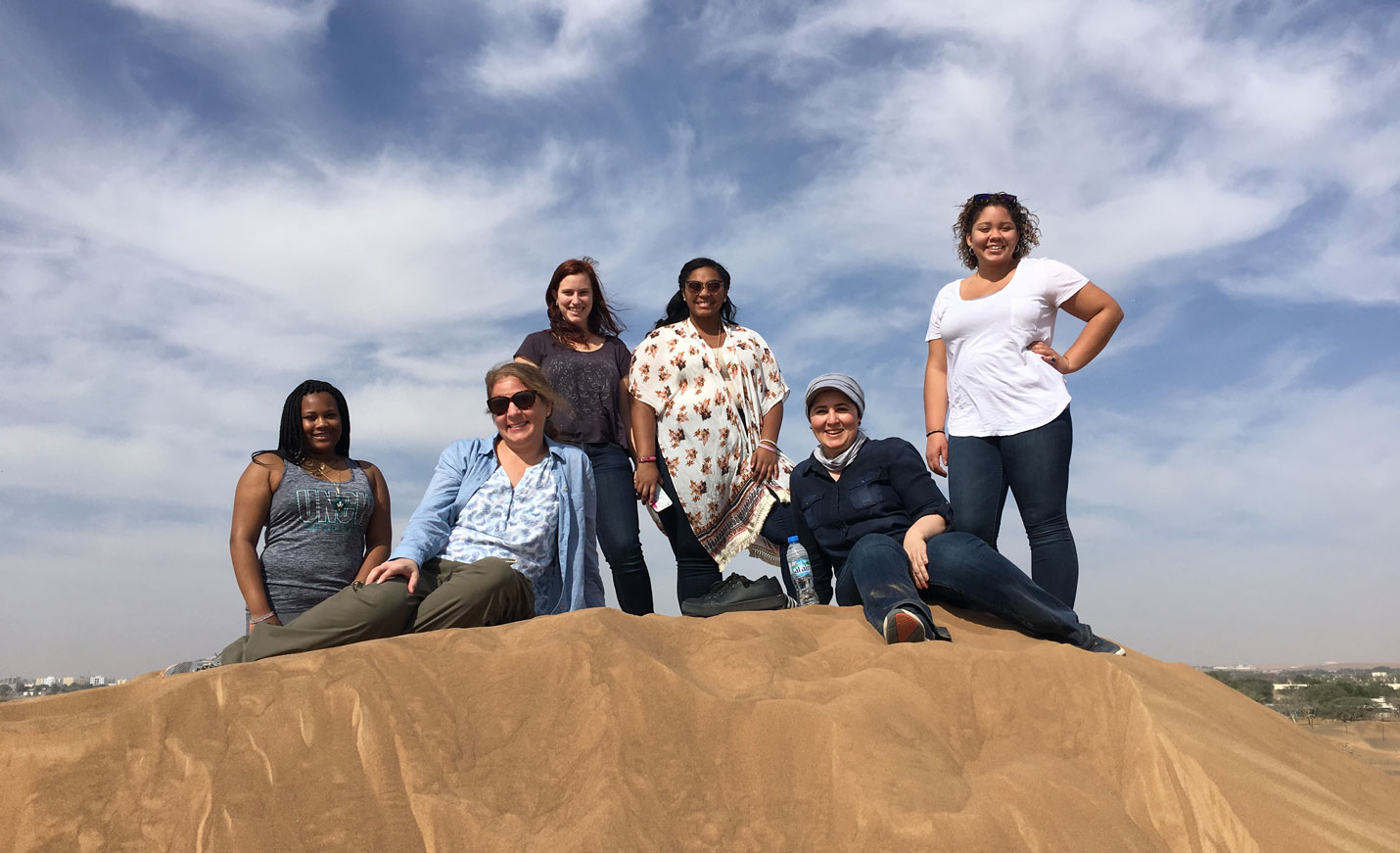Geosciences, B.A.
Focuses on the scientific study of Earth; forces acting upon and within it; and the makeup and behavior of the solids, liquids, and gases comprising the planet.
Geology
Focuses on scientific study of Earth; common rocks and minerals, processes that form and alter basic Earth materials, and key events in the geologic evolution of the planet.







